For the last decade, environmental social and governance (ESG) investing has grown swiftly. Overall, it was an impressive year for sustainable funds: in 2020, 3 out of 4 beat their Morningstar Category average, and far more (42%) ranked in the top quartile than the bottom (6%).
The COVID pandemic has shone a spotlight on the inextricable link between sustainability and high quality, growing businesses that can circumnavigate market disruption. In fact, proactively finding companies that are addressing sustainability challenges in the world is an opportunity waiting to be uncovered: it’s these enterprises that will benefit from long-term, structural growth tailwinds, and performance upside. From renewables and climate change to urbanization and supply chain management, sustainability spans a multitude of megatrend themes (some more obvious than others), and holding these investments means positioning portfolios for future growth.
Identifying the status quo disruptors
At BMO Global Asset Management, we start by defining these sustainability challenges, and we use the UN Sustainable Development Goals (SDGs) as a qualitative guide, looking for companies that actively align their solutions with these targets. It’s moving beyond how they conduct themselves and the ESG factors they consider. How do their products and services contribute to a more sustainable world? Next, we assess whether we can tie the company’s current or future revenue to this theme, and if there is an opportunity to reduce costs. For example, can a company use less water or fuel and therefore improve its environmental footprint? If one or both answers to these questions is yes, then we know – over the medium and longer term – that there is a direct ESG-linked path to increase revenue and improve operations, which translates into higher earnings per share.
Our approach is to fully recognize risks and to identify the trailblazers that are capable of disruption through rigorous analysis – the companies that harness the intellectual property, technology, skill, scale and expertise to address these sustainability challenges and create long-term value in the process. We look for businesses with strong moats, that are led by visionary management teams who are asking what the future is going to look like, and how can I position my company to benefit?
Embracing change: from renewables to affordable housing
Renewables
Consider Brookfield Renewable Partners (BEP), which is a global leader of renewable power assets that’s accelerating decarbonization worldwide, with an attractive growth profile in a sector with a long runway for expansion. Competitive cost structure, regulatory support and corporate carbon emission targets are driving investment – and innovation – into renewables. In Europe and North America alone, 45% of power today is derived from either coal or gas, and if that capacity falls by half in 10 years, that equates to $500 billion of new investment required. The company is poised to prosper as a result: currently, its annual generation of 57 terawatt-hours avoids 27 million metric tons of CO2 per year, which equates to all of London’s annual carbon dioxide emissions. Its development pipeline has similar prospects, and BEP has the size, scale, capital and operational expertise required to execute on its growth plans.
Supply chain
The greening of the supply chain is another focus. 2020 has seen sweeping changes in consumers’ purchasing and consumption patterns. Lockdowns have driven a parabolic use of e-commerce, pulling industry adoption forward by several years – products are being delivered to a higher number of destinations and at a higher frequency than ever before. With increased logistics, a growing number of companies are now looking to streamline their supply chain – from fleet efficiency and fuel costs to carbon emissions. How can corporations minimize environmental impact and boost profitability at the same time?
Descartes Systems is a company that holds the solution in its hands – providing software for global logistics and supply chain management that helps a wide range of customers from American Airlines to FedEx to CVS Pharmacy. Descartes’ software is used to optimize routes and ensure that trucks and planes have full loads resulting in reduced fuel use and number of trips. Thousands of trucks are removed from the road every year because of Descartes’ software. For example, one customer, Home Depot, cut 10% of its fleet in 2019. It’s the ideal example of a company deploying innovative technology to help others transition to greener practices, while benefiting its own bottom line.
Transportation
Another example is CN Rail, Canada’s largest railway company, with a solid track record for creating shareholder value and reducing carbon footprint. Railroads are 4-5 times more fuel efficient than trucks for moving goods across long distances: one train can replace 300 trucks on the road and can move 1 tonne of freight 220 kilometres, with one litre of fuel. While still early days, the company is also well positioned for a paradigm shift to hydrogen fuel. Once this technology is built at scale, railroads will be one of the biggest beneficiaries from this transformation.
Real Estate
Many don’t realize that real estate is also a major emitter of carbon and it’s one of the most basic and essential services as everyone needs somewhere to live; during the pandemic, many of us also now work and attend school from our homes. This makes housing a sustainable opportunity, as a sector that’s supported by structural positives such as long-term population growth, rising home prices and supply restraints. Within our portfolio, we invest in a few companies seeking to address these challenges, including Canadian Apartment REIT, one of the country’s largest multi-family property owners that provides reasonably-priced, quality rental units in high growth, expensive markets. The business has made continued energy-efficient building upgrades to minimize resource consumption and simultaneously cut its operating costs, while it continues to bolster growth through accretive acquisitions.
Tricon Residential, whose portfolio is largely U.S.-based, has significant scale in single family housing, and is dedicated to ensuring new and future developments are built to green LEED® standards. Both companies, which have a long history of value creation, have also committed to supporting residents that have been negatively impacted by the pandemic through compassionate care programs and rental payment plans.
If 2020 has taught us anything, it is that our status quo was unsustainable – whether it’s from a health, environmental or a social perspective – and that we’re capable of change, with companies and individuals alike adjusting to a new normal characterized by the unfolding pandemic. As asset managers, the task is actively engaging with businesses to understand whether solving for sustainability is truly part of their DNA, and how they’re embracing the opportunity to help create a brighter future for the world – and their investors.
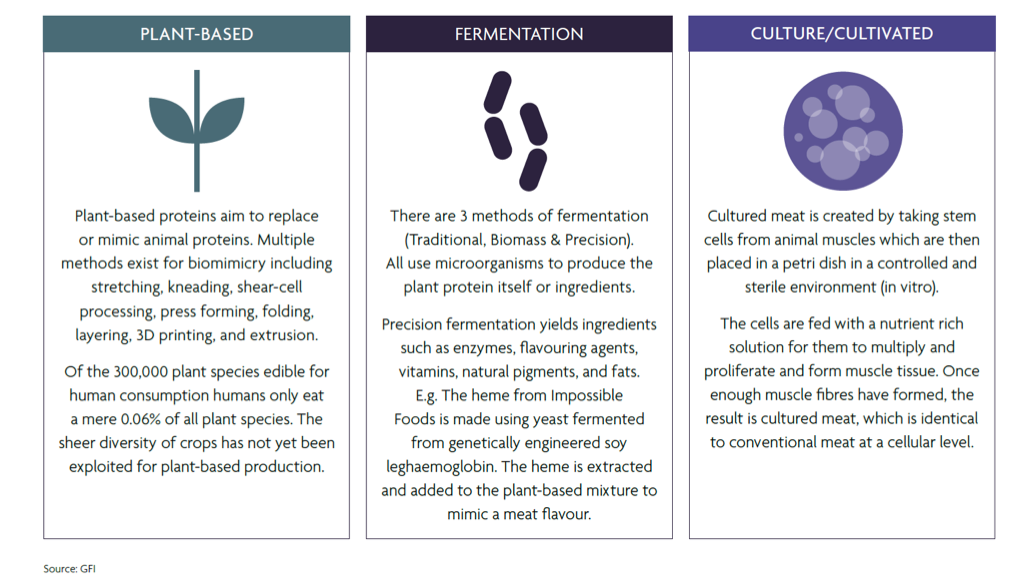
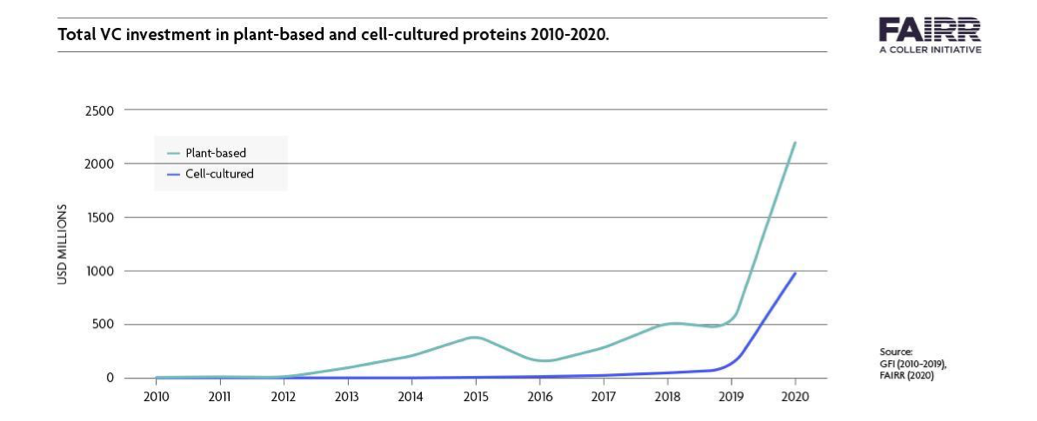
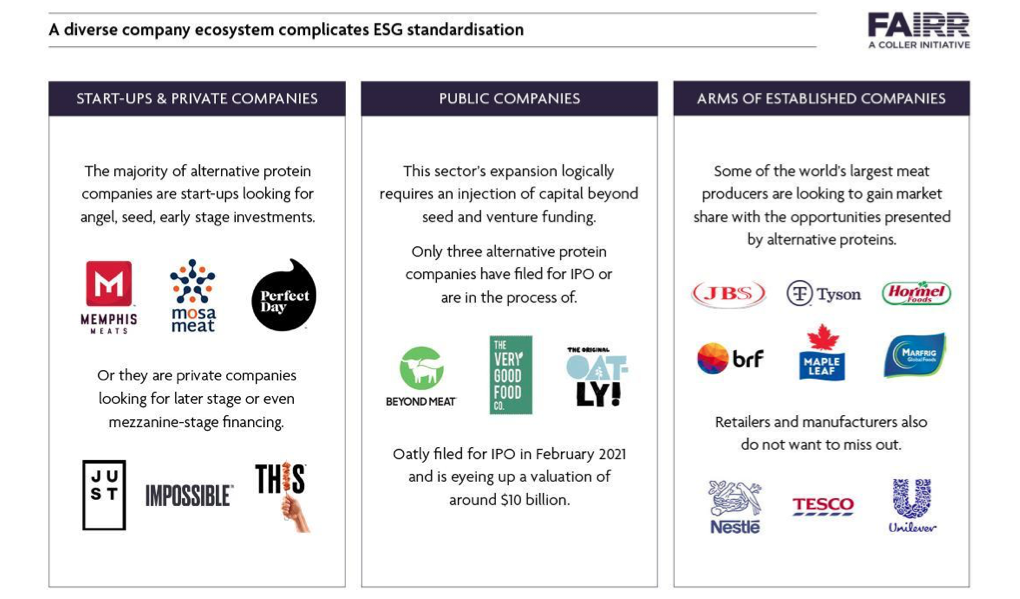
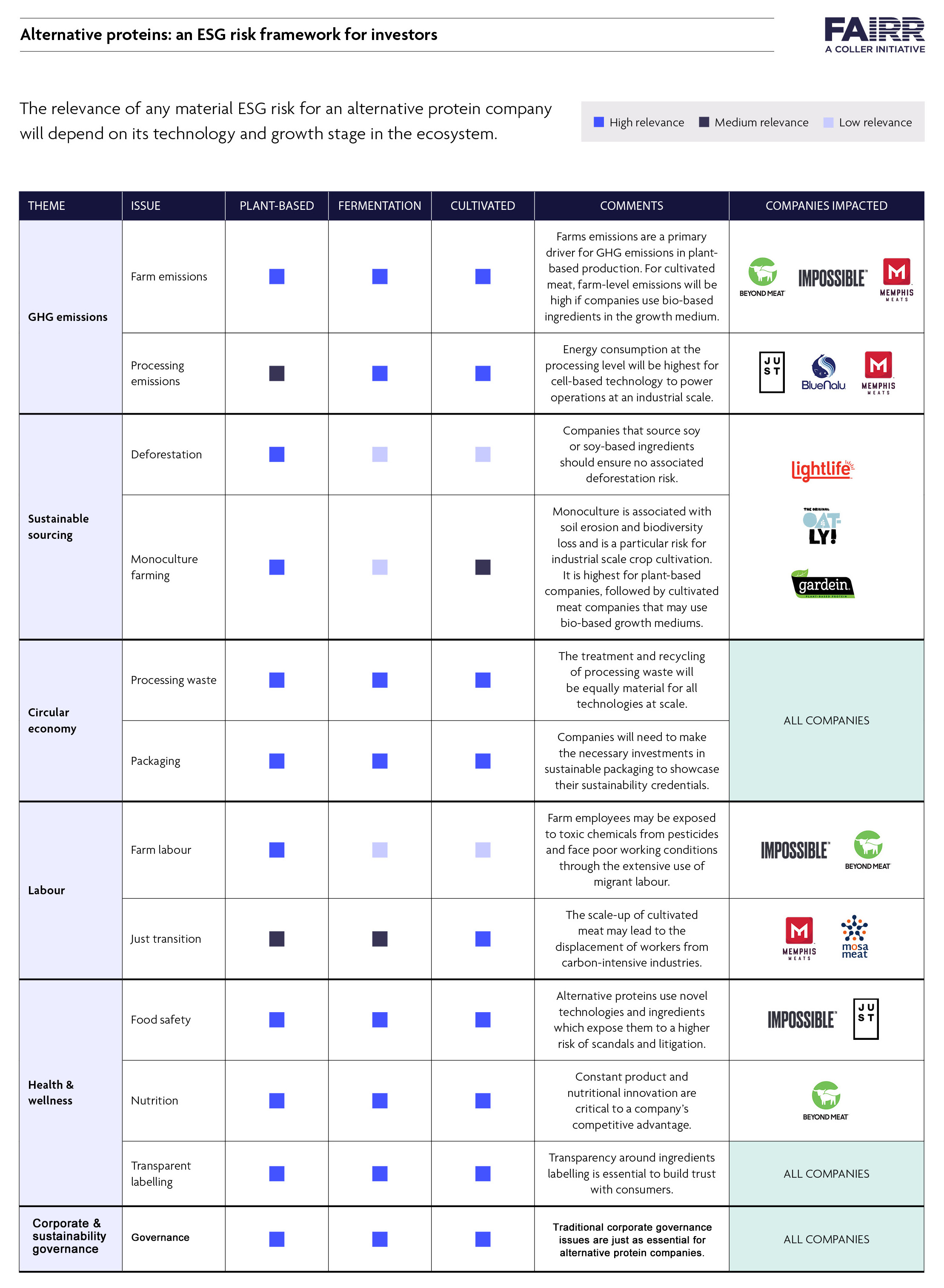
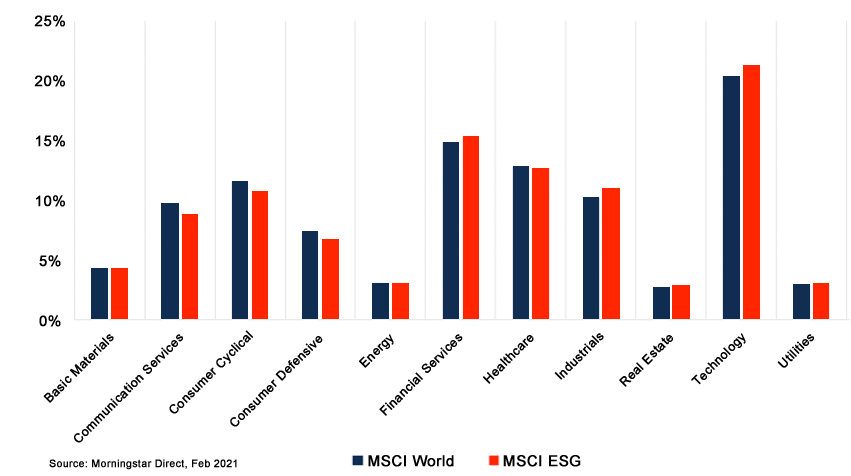 Contrast that to the sector exposure of our Mackenzie Global Environmental Equity Fund and FTSE Environmental Opportunities – where industrials and utilities are leading the way, two sectors in which companies are actually doing the work needed to transition to new forms of energy (Figure 2).
Contrast that to the sector exposure of our Mackenzie Global Environmental Equity Fund and FTSE Environmental Opportunities – where industrials and utilities are leading the way, two sectors in which companies are actually doing the work needed to transition to new forms of energy (Figure 2).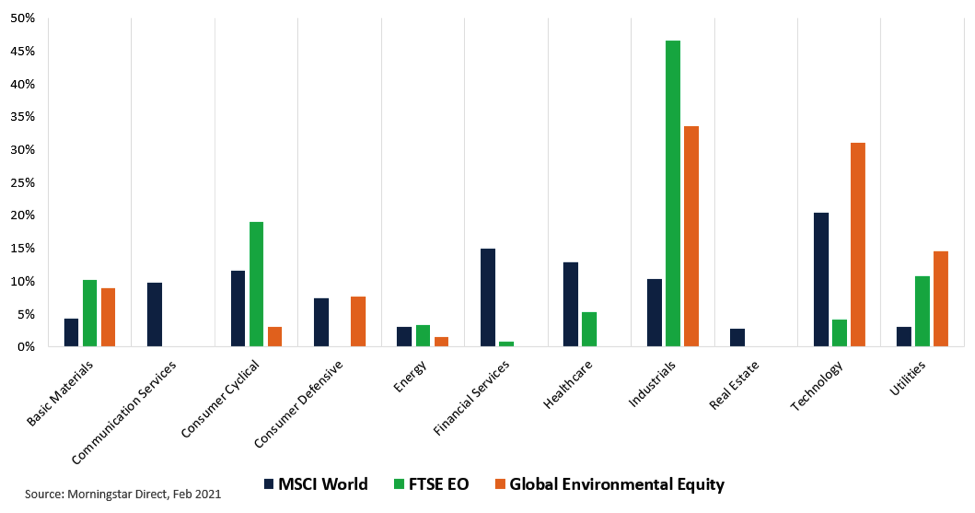 Focusing only on ESG integrated strategies can limit investors’ potential to benefit from the growth that is going to come with the energy transition. On the other hand, we believe companies that make the “stuff” for the low carbon, sustainable economy represent a massive opportunity for investors, provided they start looking in the right place.
Focusing only on ESG integrated strategies can limit investors’ potential to benefit from the growth that is going to come with the energy transition. On the other hand, we believe companies that make the “stuff” for the low carbon, sustainable economy represent a massive opportunity for investors, provided they start looking in the right place.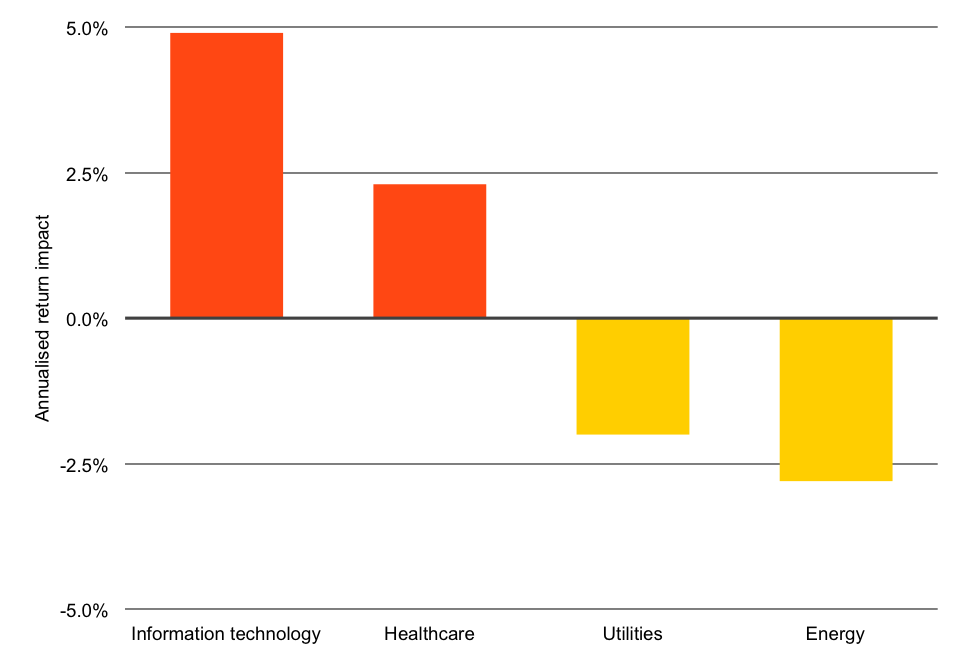
 These two scatterplot charts shows portfolio investments plotted by both impact and financial expectations, with expected impact on the x axis, and an expected risk-adjusted financial return on the y axis.[4] These charts help investors pursue the efficient impact frontier by addressing the question, What combination of the transactions on this chart – or others likely to arise in the future – will help me achieve the best portfolio for my financial and impact goals?
These two scatterplot charts shows portfolio investments plotted by both impact and financial expectations, with expected impact on the x axis, and an expected risk-adjusted financial return on the y axis.[4] These charts help investors pursue the efficient impact frontier by addressing the question, What combination of the transactions on this chart – or others likely to arise in the future – will help me achieve the best portfolio for my financial and impact goals?